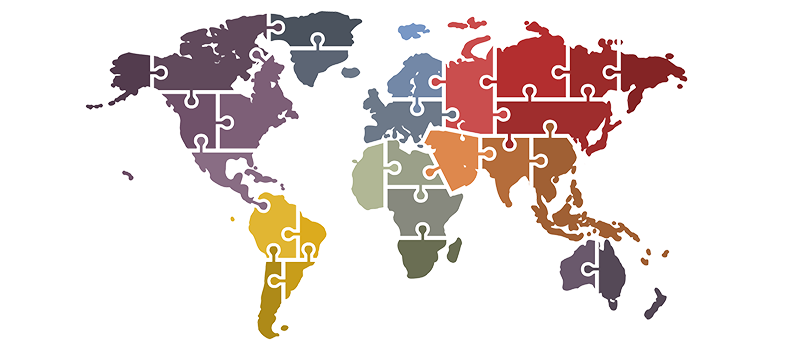5.7 Point prevalence surveys for AMU
One of the factors that drives AMR is the overprescribing and injudicious use of antimicrobials. Even though antimicrobial resistance is a natural phenomenon, the rate of spread of AMR and the associated burden of morbidity and mortality can be minimised by controlling the inappropriate use of antimicrobials. Thus, one of the key objectives of the WHO GAP-AMR is to curtail the inappropriate use of antimicrobials. The first step is to understand the national and global picture of antibiotic consumption. As discussed in previous sections, national AMR surveillance systems are tasked with collecting data on both AMR and AMC. Additional data on how antimicrobials are used (antimicrobial use, AMU) completes the picture, by determining whether drugs are being used appropriately. This is important because high levels of consumption may simply reflect a higher burden of infectious diseases and simply trying to reduce consumption without understanding the actual use of antimicrobials may result in adverse effects on health.
One method for collecting information on AMU in the healthcare setting is to use a
The WHO have developed a methodology [Tip: hold Ctrl and click a link to open it in a new tab. (Hide tip)] for PPS, which collects basic information from hospitalised patients’ medical records, with the aim of collecting baseline information on the use of antimicrobials. This process can then be repeated at set time intervals to provide a trend of antimicrobial use.
When PPSs are carried out to gain an understanding of AMU at national level, they must adopt a multicentre survey methodology. This sees a national coordinator leading the survey in multiple selected hospitals countrywide. Numbers surveyed and patient demographic composition are important as they reflect the representativeness of antimicrobial consumption data. The WHO protocol considers the following when conducting PPSs:
- selecting the type of hospital(s) for inclusion
- distinguishing between hospital wards that should and should not be included
- identifying a category of patients to include
- selecting the type of antimicrobials to include
- sampling methodology.
The WHO PPS methodology is an adaptation of several other protocols, including the Global PPS project from University of Antwerp and the Medicines Utilisation Research in Africa (MURIA) project. In some countries it may be preferable to use these protocols if they have been used for previous surveys or if the expertise needed for the WHO methodology is lacking.
A typical recommendation is that a PPS should be repeated every one to two years, however, the methodology can also be adapted for more regular, focused, stewardship audits, such as for follow-up surveys to assess the effects of specific interventions.
5.6 The role of the AMR coordination committee (AMRCC)



